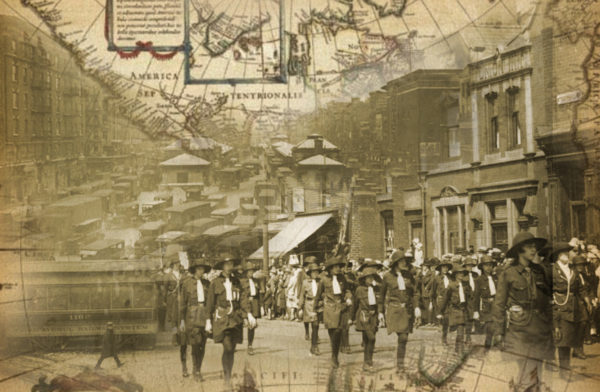
The West didn’t pay much attention to placentas as much as the Asians. However, the commercial use of “placenta extract” found in some cosmetics, such as facial cream, is sold in France. In 1994, Britain banned the practice of collecting placentas in hospitals from unsuspecting mothers, after it was learned that 360 tons of it were annually being bought and shipped by French pharmaceutical firms. They used it to make a protein, albumin, for burns and to make enzymes to treat rare genetic disorders.
Whether this should be a legal thing — or, more specifically, whether specialists should be allowed to prepare placenta-based foods for others, for a fee, it has become a debate subject in the United Kingdom. In Swindon, England, a lady was with a notice that her business preparing capsules of dried placenta for newly delivered mothers posed “serious risk to human health.”
She challenged the notice in court, and won the right to continue business while local health officials prepare a formal inspection. The case comes months after the European Food Safety Authority ruled placenta-based products a “novel food,” meaning that vendors have to produce extensive and expensive documentation to sell them legally in the European Union.
Countries can individually exempt foods from the ruling. Placenta advocates have asked Britain to do this. So for food safety agencies in Europe. Europe’s novel food ruling was originally intended to control the sale of genetically modified foods in the continent.

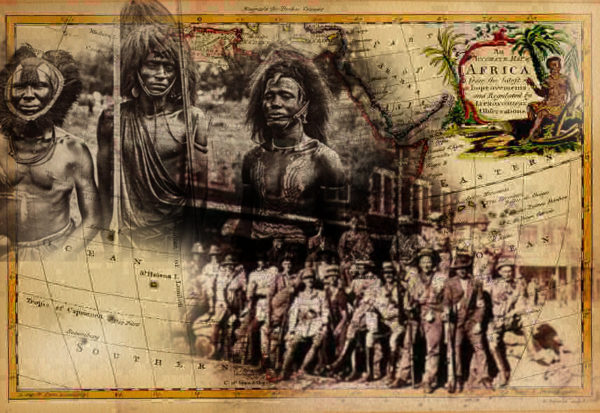
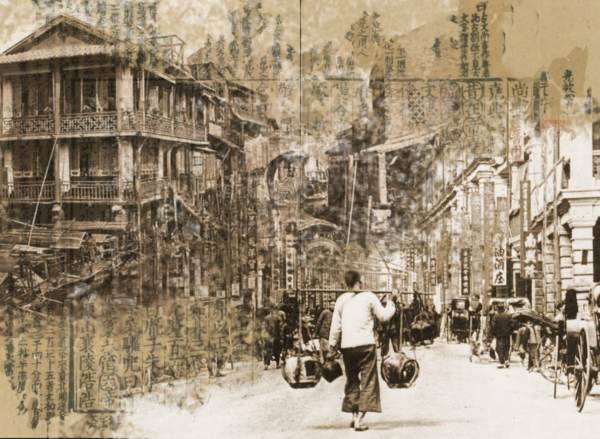
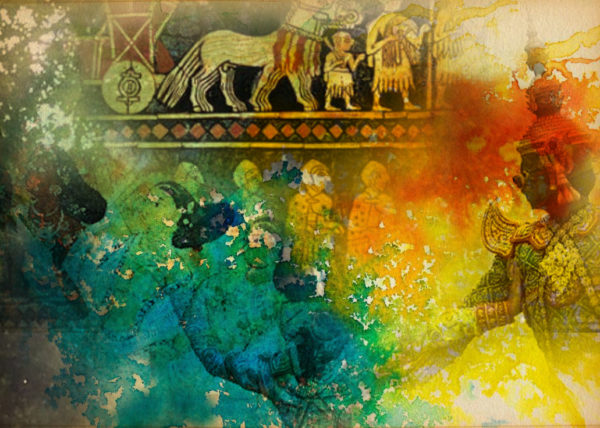
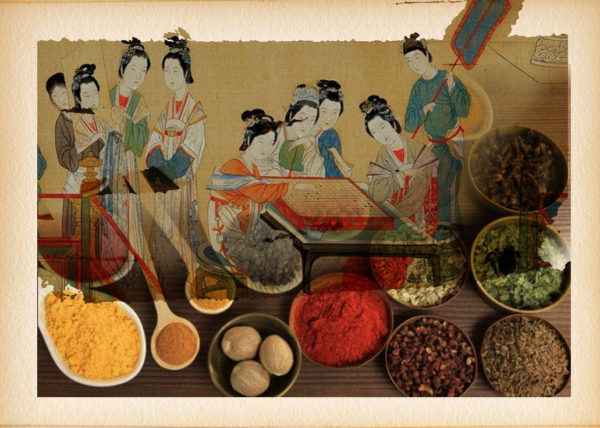
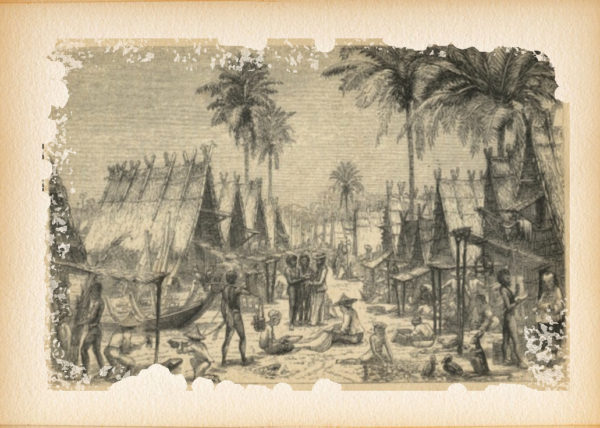



Recent Comments